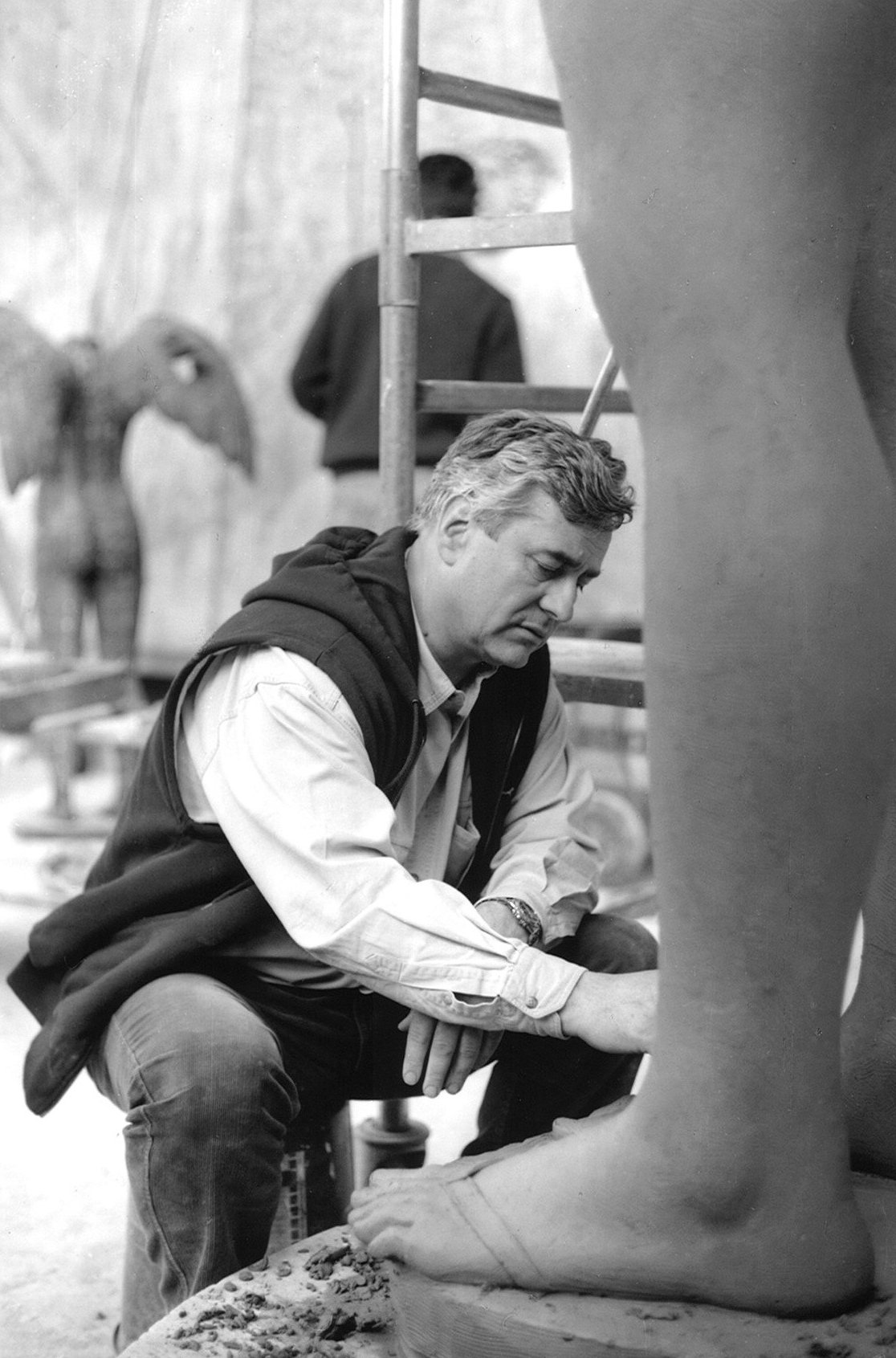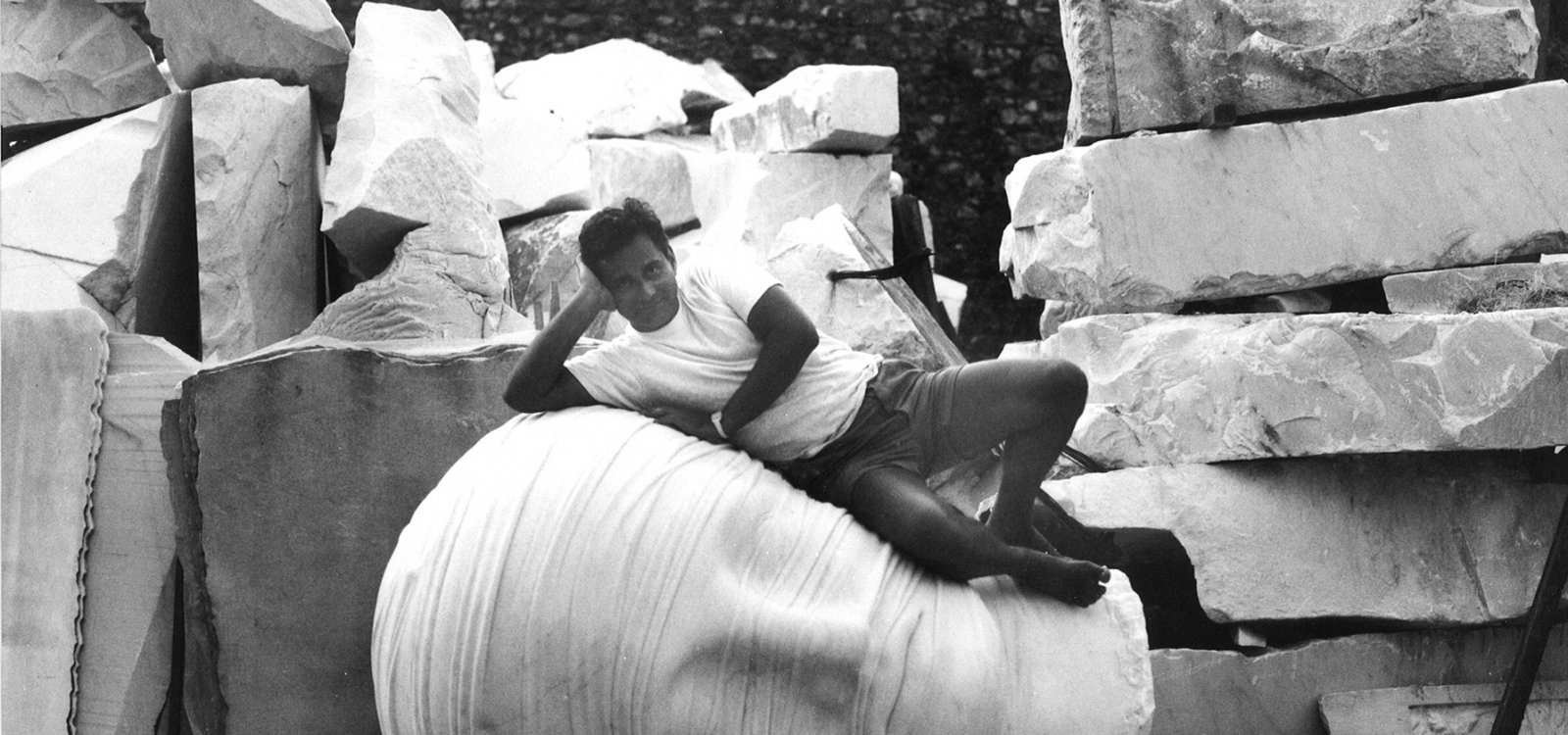Igor Mitoraj was born on 26 March 1944 in Oederan, a small town in Saxony, to a Polish mother and a French father.
He spent his youth in Poland, near Krakow.
After studying at an art school in Bielsko-Biała, at the age of nineteen he enrolled in the faculty of painting at the Krakow Academy of Fine Arts where, in his final three years, he attended the courses held by Tadeusz Kantor (1914-1990), a famous painter, director and theatrical set designer.
In 1967 he took part, with other students at the Academy, in a collective exhibition at the Galeria Krzysztofory in Krakow.
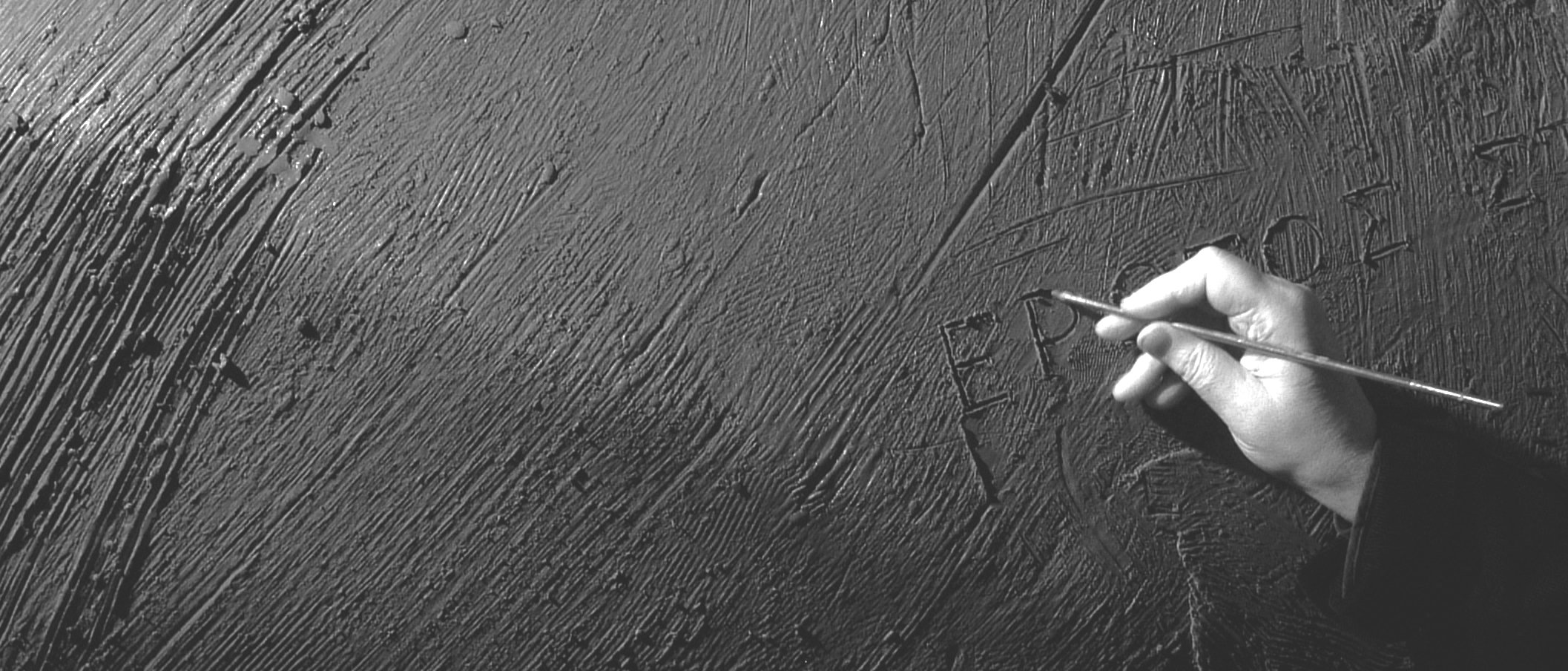
In 1968, following Kantor’s advice, Mitoraj left Poland and went to Paris to broaden his cultural education. In the same year he enrolled in the École Nationale Supérieure des Beaux-Arts.
The great success of his first important personal exhibition organized in 1976 at the Galerie La Hune in Paris encouraged him to dedicate himself exclusively to sculpture. In the same period, he was awarded the “Prix de la sculpture de Montrouge”.
The French culture minister of the time provided him with a studio in Montmartre in the Bateau Lavoir district and the following year he was invited to take part in the XLII Venice Biennale.
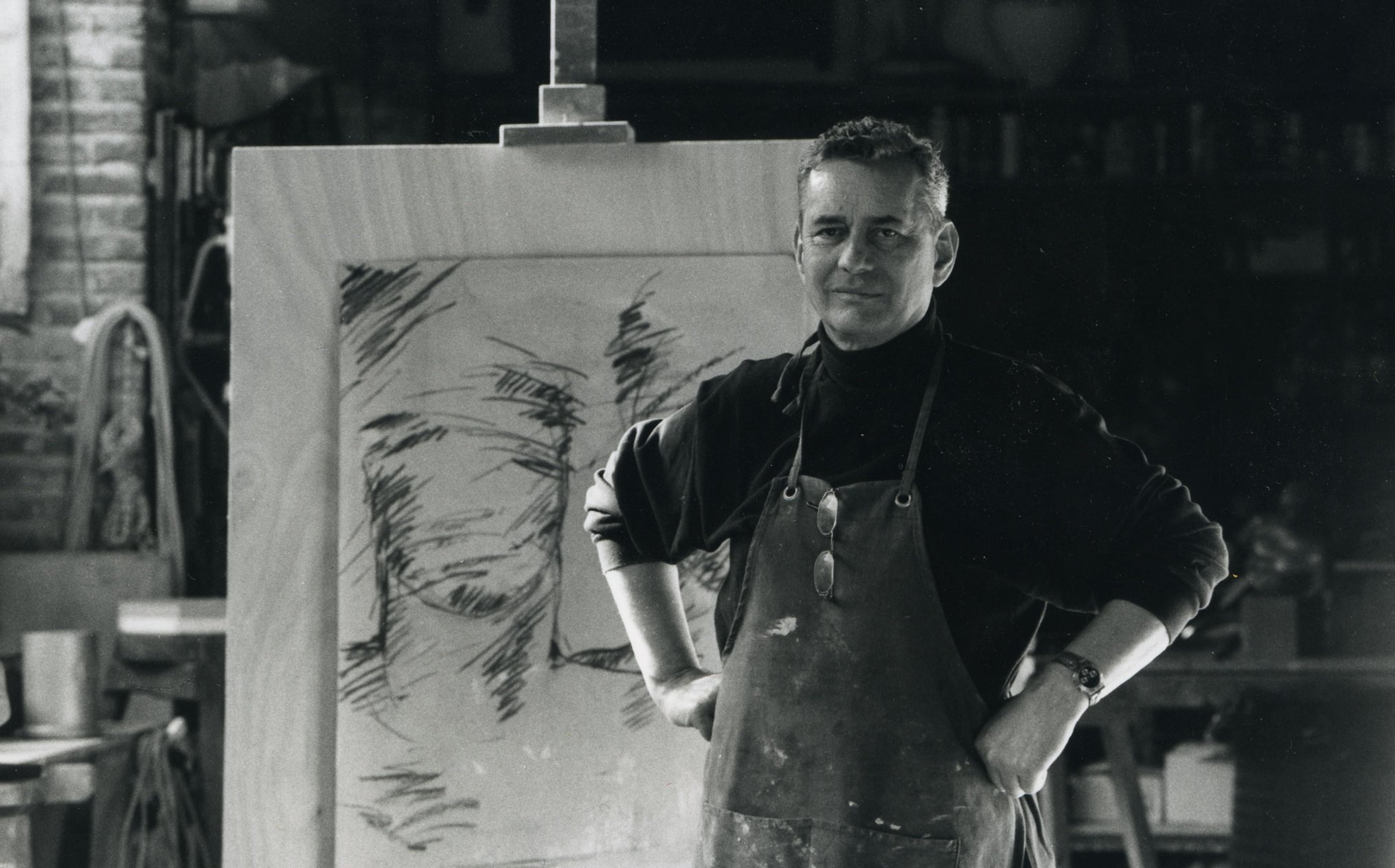
In 1987 he bought a large atelier in Pietrasanta and, in 1989, he presented his works for the first time at the New York Academy of Art. In the following years he held numerous personal exhibitions and received invitations to exhibit in the most important international museums; at the same time, he also received prestigious commissions for realizing monumental sculptures in the main metropolises.
His works were installed in Milan, Rome, London, Paris, Atlanta and Tokyo.
In 2001 the President of the Italian Republic awarded him the “Premio Vittorio De Sica”.
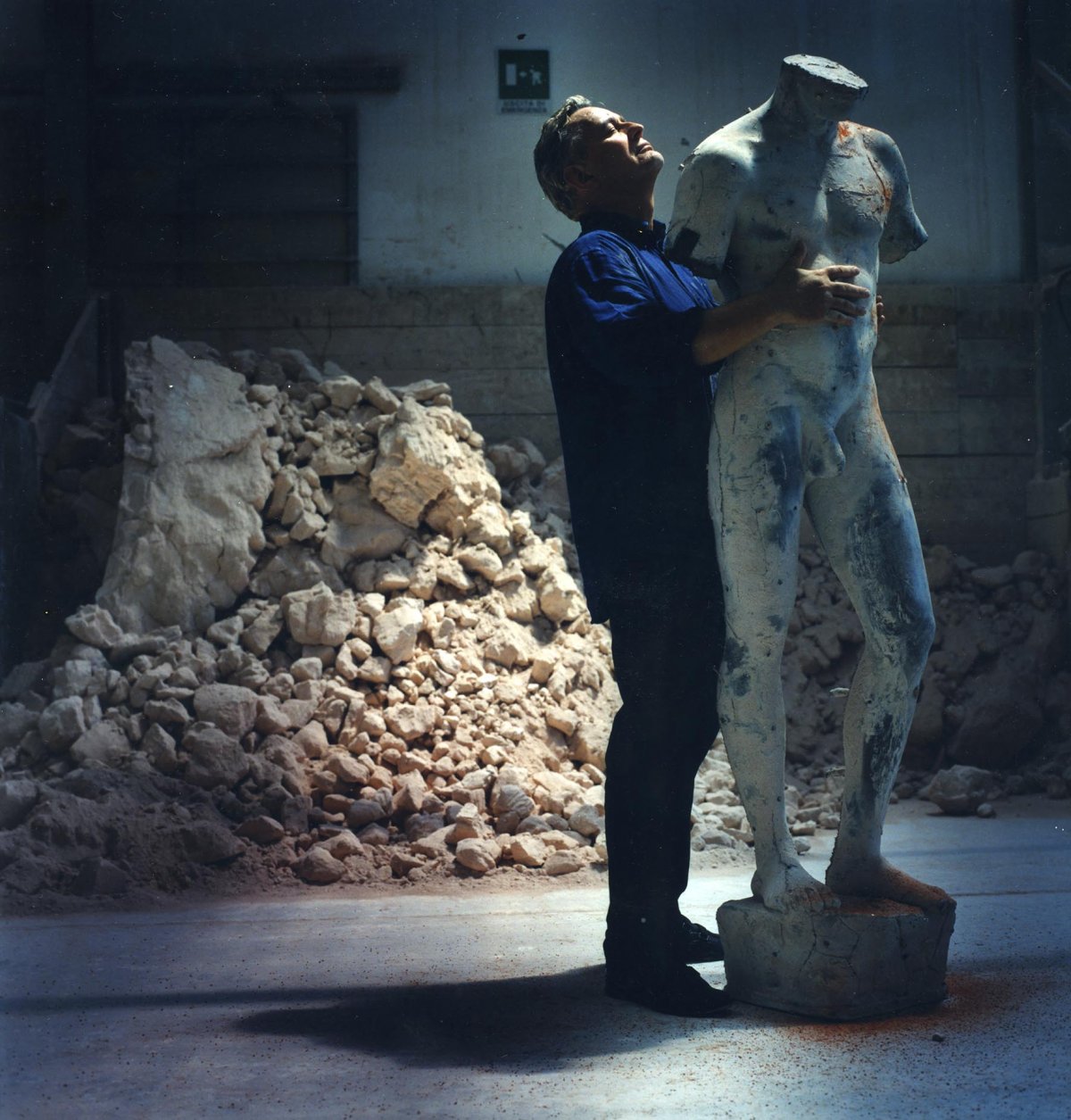
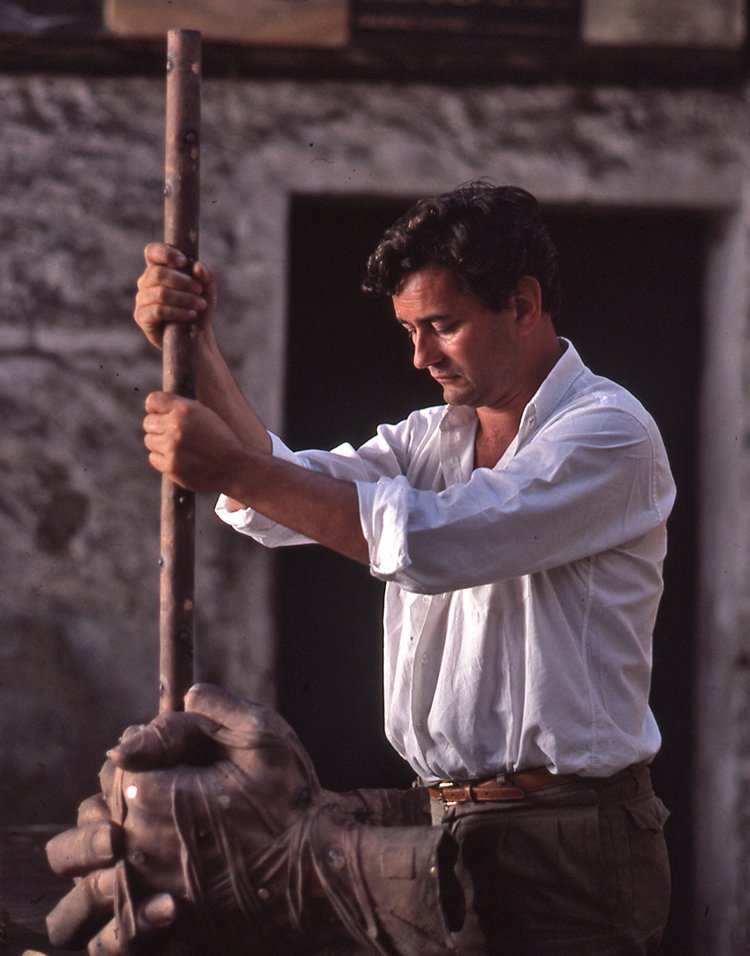
In 2002 and 2006 he worked on the set design and costumes for “Manon Lescaut” and “Tosca” by Giacomo Puccini which were performed as part of the Puccini Festival at Torre del Lago.
In Rome, in 2003 he installed the monumental work, Dea Roma and, in 2006, the monumental doors of the Basilica of Santa Maria degli Angeli e dei Martiri.
Igor Mitoraj was made an honorary citizen of the towns of Pietrasanta, Greve in Chianti and Massa Marittima.
In2007 the Krakow Academy awarded him an honorary degree.
In 2009 he realized two big projects: the set design and costumes for “Aida” by Giuseppe Verdi in the Boboli Gardens of Florence, and the monumental bronze door of the Jesuit Church in Warsaw.
In 2010, the Faculty of Cultural Assets of the Università del Salento awarded him an honorary degree in archeology.
In 2011, the Valley of the Temples in Agrigento welcomed his monumental works: the archaeological site opened up to contemporary art with this prestigious première. In the same year he exhibited in the Museo Civico Archeologico of Sarteano.
In 2012 his works were exhibited in Ravello, in the Chapel of Villa Rufolo and in the Auditorium Oscar Niemeyer. In the same year he was decorated with the Commander’s Cross of the Order of the Rebirth of Poland.
In 2013, he created the set design for the “Requiem Mass” by Giuseppe Verdi for the Centenary of the “Fondazione dell’Arena di Verona”.
In 2014, on the occasion of the 950th anniversary of the foundation of Pisa Cathedral, his works were displayed in Piazza del Duomo, inside the Palazzo dell’Opera del Duomo and the Museo delle Sinopie. Once again Mitoraj brought contemporary art to a place where it had never been seen before.
Igor Mitoraj died in Paris on 6 October 2014.
In 2016 an exhibition was held in the prestigious archaeological site of Pompei where around thirty of Mitoraj’s extraordinary monumental sculptures were displayed thus fulfilling his great dream.
